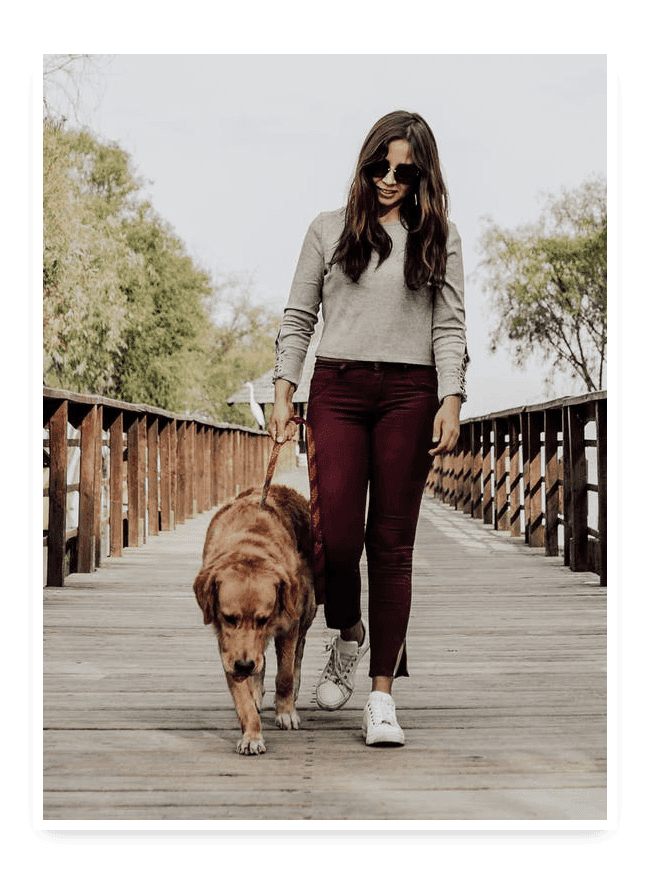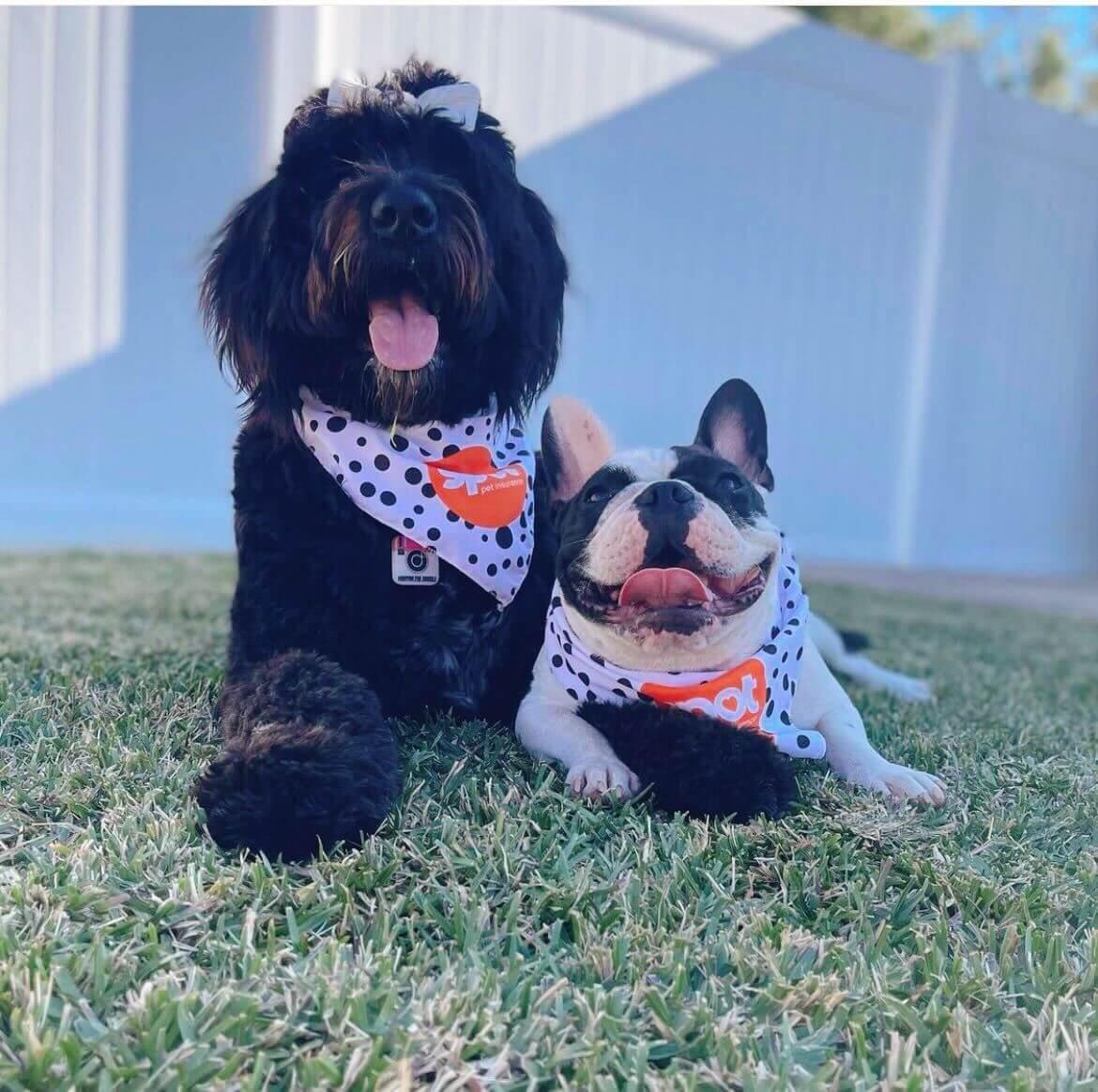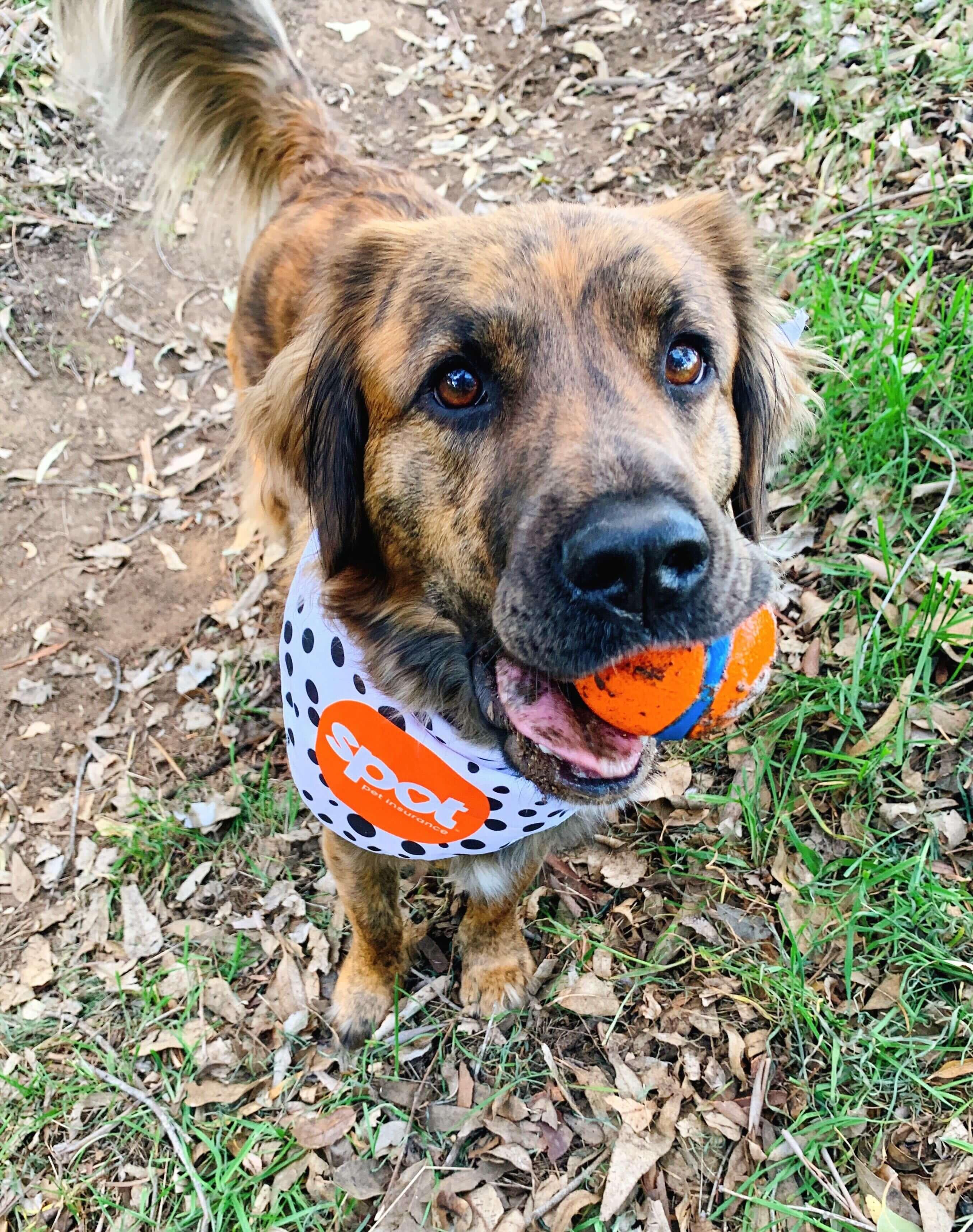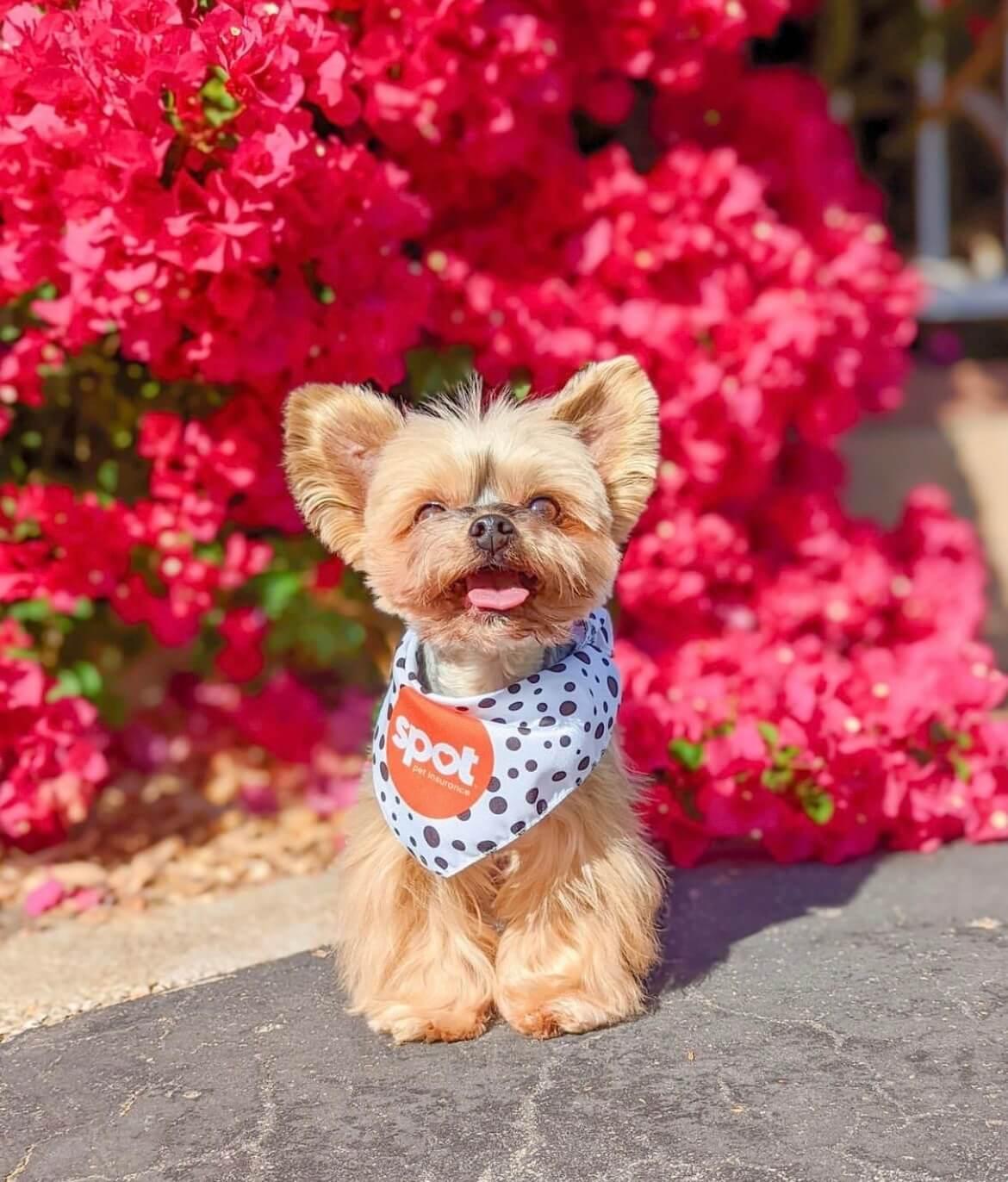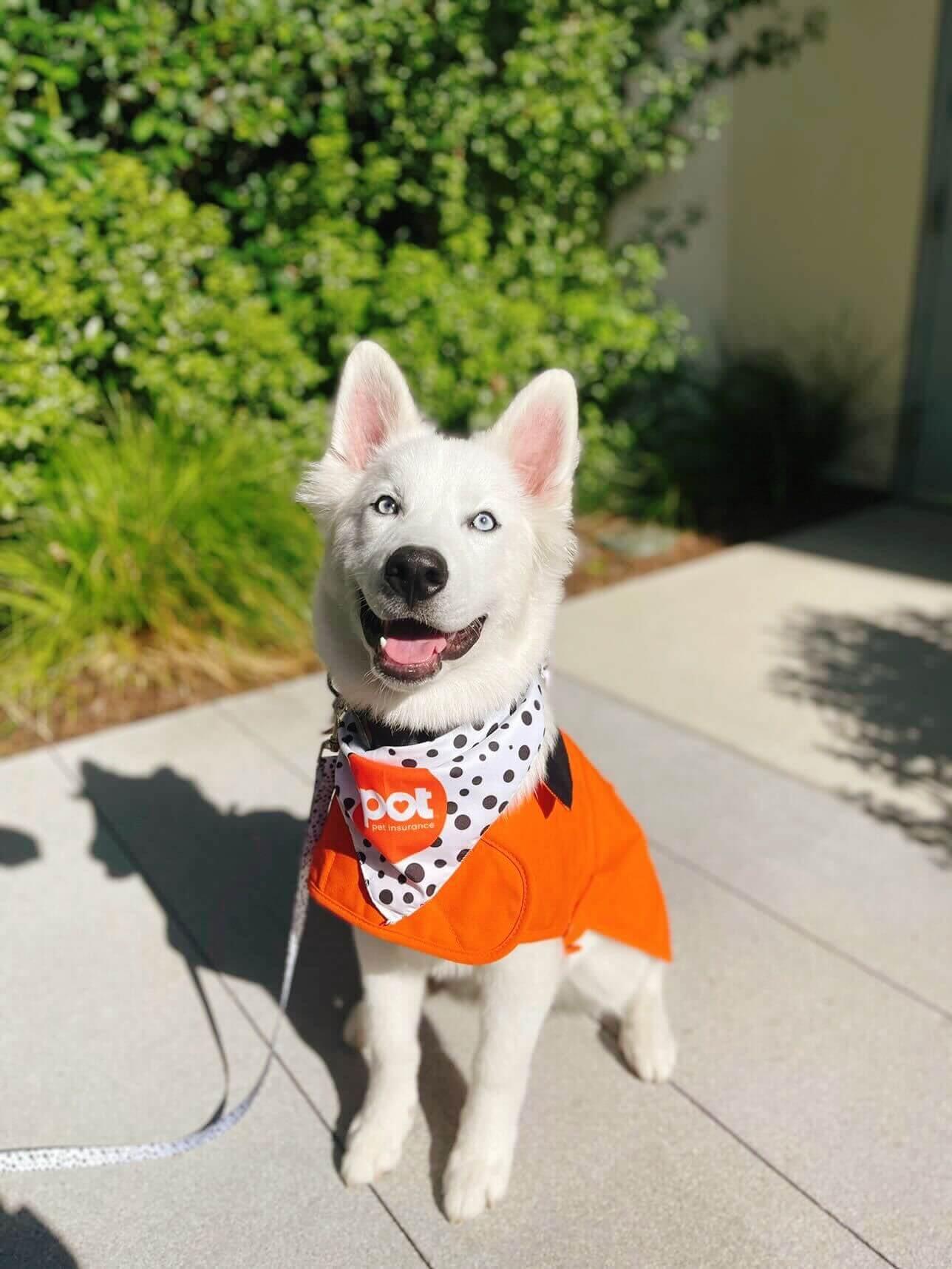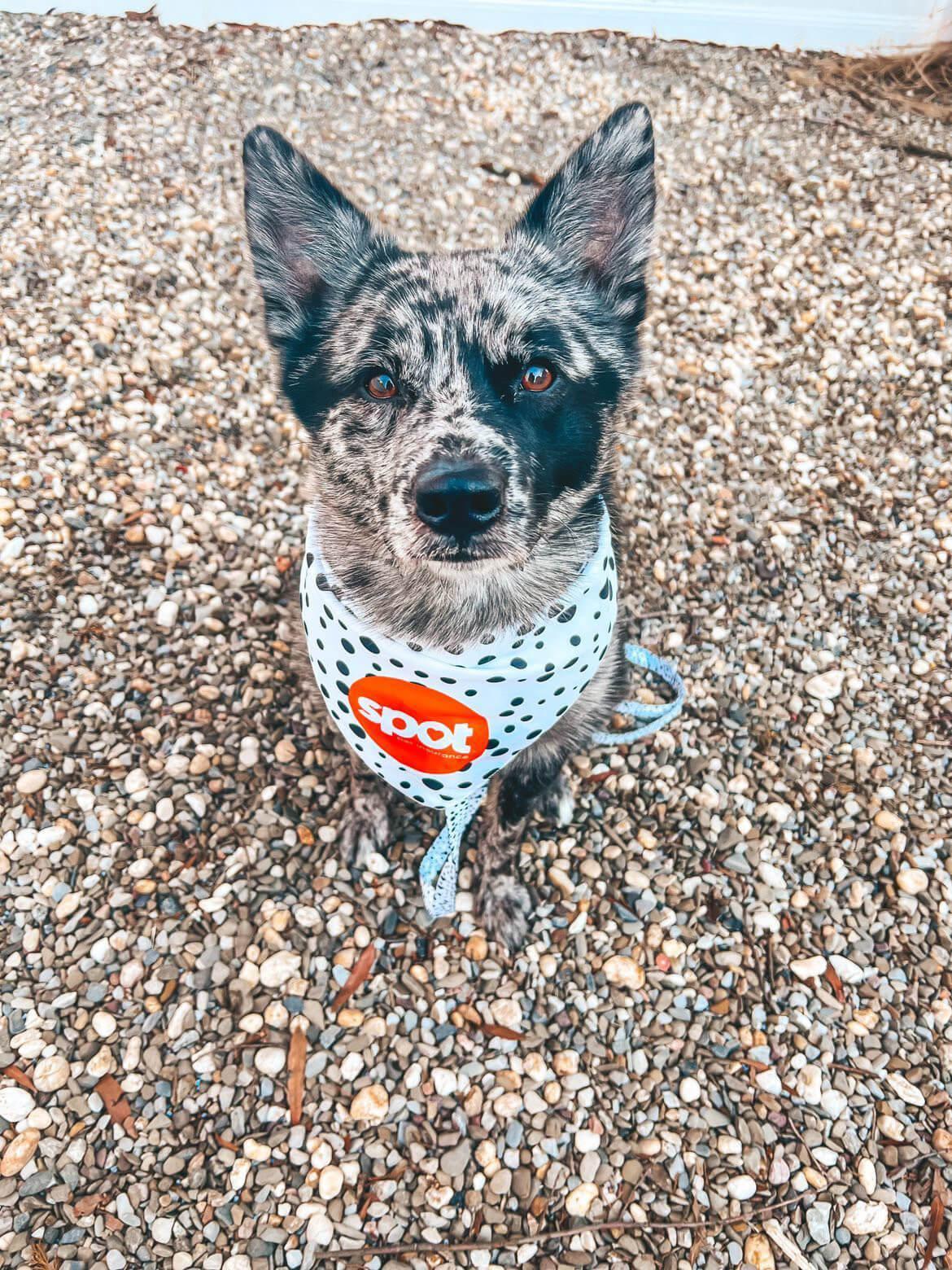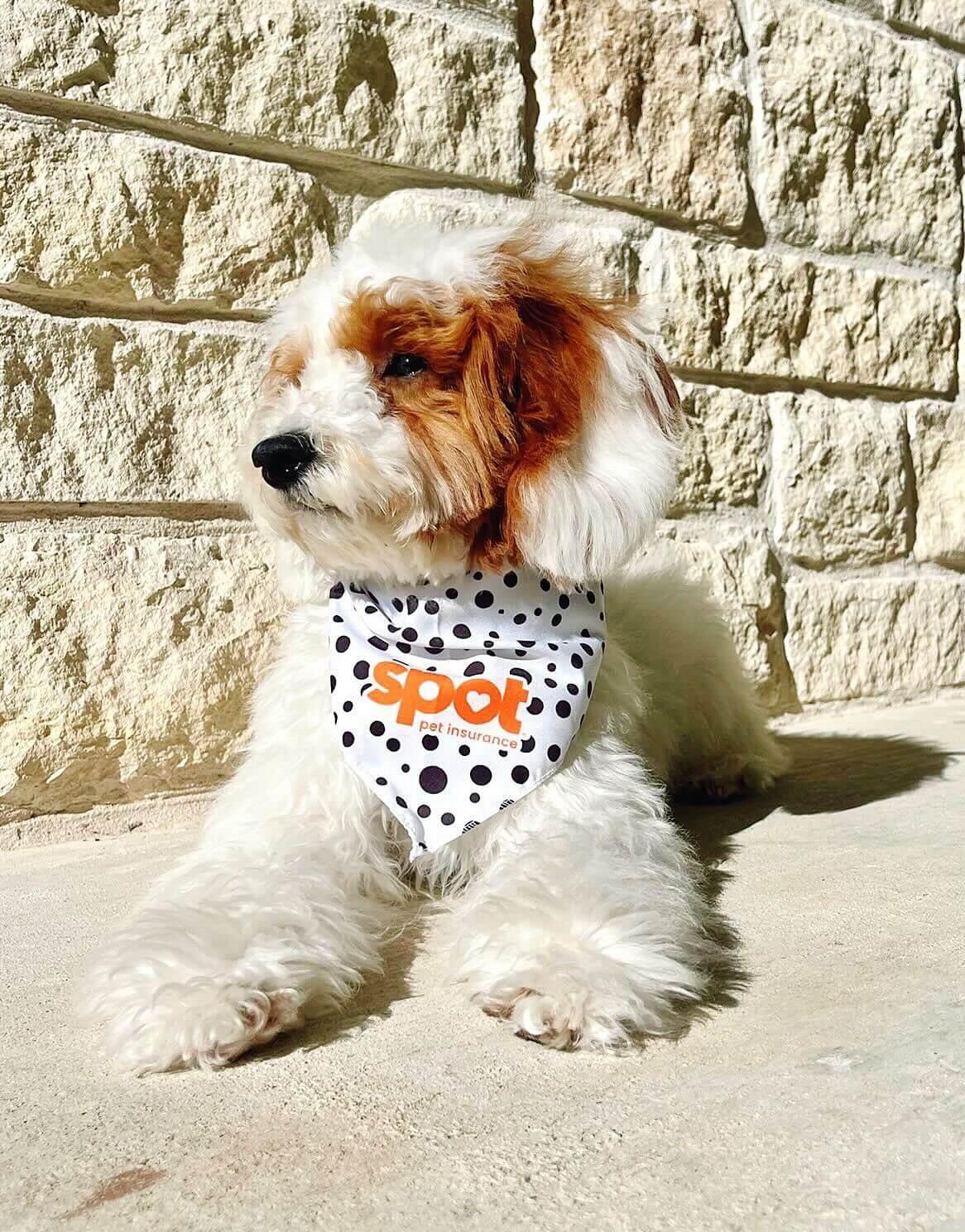If your dog pulls the second the leash comes out, the walk is already lost before it begins…
Ever since I can remember, I’ve started with this phrase when discussing how to improve messy behavior on walks with our dog training clients:
“How your walk starts, is how your walk ends.”
Let’s unpack this concept together ⬇️
Set The Tone Early
Oftentimes, when dog parents are struggling with their dog on their walks, there are many micro-moments leading to why a dog might pull just before the front door opens and the walk begins.
Usually, the second the leash comes out, dogs are already anticipating a ton of excitement because they’ve associated the leash with outdoor fun. Greeting other dogs, for example, or going to their favorite park. This often looks like jumping, nipping, and pushing their nose into the door to get outside.
Sound familiar?
The first step is to teach our dogs how to moderate their excitement, at the very least, to a point where we can walk over, leash them up, and take a step towards the door without intense pulling or jumping.
Here are 3 things you can request from your dog to set a better impression:
Calmly sitting before the leash goes on
Walking nicely by your side as you approach the front door
Waiting patiently to be released before they can exit and begin their walk
Early Boundaries Prevent Later Struggles
Chaos allowed is chaos learned.
In other words, our dogs learn by doing, and it’s our job as dog parents to set boundaries early to keep that chaos from solidifying into a long-term habit.
Setting expectations is great, but how do we enforce them? Surely, our dogs aren’t just going to assume the position if they’ve been practicing these unhealthy habits for months or even years.
Well, we teach leash pressure as a form of communication. I turn, you turn, I stop, you stop. Practice this in short bursts inside first (hallways are perfect) so your dog learns without distractions.
The more we can guide our dogs in this manner with clarity and valuable meaning to our movements, the more focus they will have, and the better they’ll be able to regulate their high levels of arousal.
Think of it as setting “rules of the game” up front so your dog knows what’s expected of them, not only before your walk but also during and after.
The Walk is Mental, Not Just Physical
Instead of focusing on how long your walk is, focus on your dog’s mental state as the first priority. Longer walks may tire your dog out, sure, but they won’t address the root issue of why your dog may be pulling you all over the place (i.e., a dysregulated nervous system).
The first few minutes of your walk and the exercises and expectations that we’ve outlined in the previous sections are intended to bring calmness and emotional regulation to your dog in order for your walk to be productive.
Walks that bring a ton of excitement or drive high levels of arousal to a dog that can’t healthily process information will only add fuel to the fire and lead to a perpetual cycle of pulling and sore arms at the end of it all.
Similar to us, when we’re feeling big emotions, we need to stop before acting, breathe, and process our thoughts; otherwise, if we act too soon, we may say something we don’t mean or make a poor judgment call.
This isn’t what we want for ourselves and certainly not for our dogs.
In Closing
If you win the first five minutes, you win the walk. When your dog learns to start calm, you get back to enjoying a healthy connection and bond meant to be shared wherever your walk may take you next.
Happy training! 🐕✨

Nicolas Angione is the founder and head dog trainer at Hope Gables Canine, based in Fairfield County, CT. Inspired by his own dog's reactive journey and rehabilitation, he left his career behind to become a dog trainer. After years of shadowing other dog trainers in the industry, he started his own practice, which has successfully helped hundreds of dog owners, both domestic and abroad, regain peace and harmony with their dogs. Many of these success stories, dog training tips, and more can be found on their Instagram and YouTube pages.
